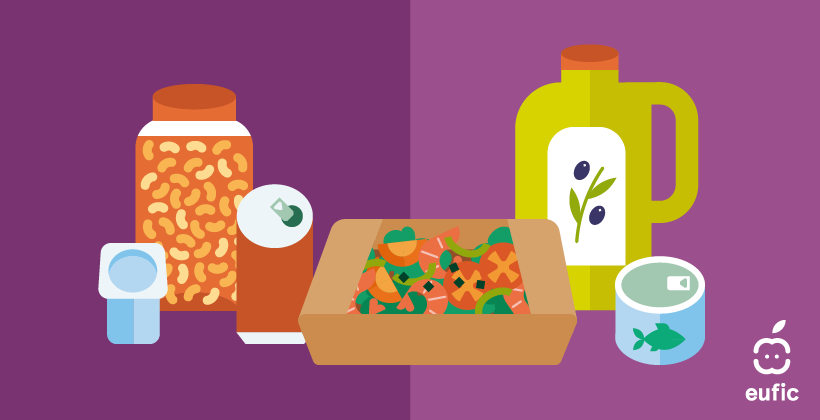What information can we find on food packaging?
Last Updated : 10 July 2024Key takeaways:
- Food packaging in the EU must display specific information clearly and accurately: name of the food, full ingredient list, allergen info, nutrition declaration, expiry or durability date, business name/address, net quantity, storage/use instructions, country of origin (if relevant); alcohol level (if > 1.2%)
- Ingredients are listed by weight in descending order. Percentage content is shown if the ingredient is in the product name, emphasized on the label, or key to the food’s identity.
- According to EU regulation, 14 allergens must be highlighted on-pack: gluten cereals, crustaceans, eggs, fish, peanuts, soy, milk (including lactose), tree nuts, celery, mustard, sesame, sulphur dioxide/sulphites, lupin, and molluscs. In case of traces, precautionary allergen warnings may be used, but they are not regulated.
- Nutrition labels must show energy (kcal/kJ), fat, saturated fat, carbohydrates, sugars, protein, salt per 100 g/ml. Other nutrients such as vitamins and minerals can be included voluntarily.
- A “best before” date label indicates quality is guaranteed until that date, but the product may still be safe afterward. A “use by” label applies to perishable foods that could pose a health risk if consumed after the date and must be strictly followed.
Food labels serve as an essential communication tool between producers and consumers, providing a wealth of information that can empower us to make informed choices about the food we eat. Knowing how to read and understand these labels is key to having a healthy diet that fits our dietary needs and preferences. This article explores what information can be found on food packaging and how it can help us make informed food choices.
What can be found on food products?
In the EU, food packaging is required to include specific information to help consumers make informed decisions about the products they buy. This information must be accurate, easy to see and understand and not be misleading. On food packaging we can find:
• Name of the food
• Ingredient list (including quantity of certain ingredients)
• Allergen information
• Nutrition declaration
• Date marking (‘best before’ / ‘use by’ date)
• Country of origin, if required for consumer clarity
• Name and address of the food business operator established in the EU or importer
• Net quantity of the food
• Any special storage conditions and/or conditions of use
• Instructions for use, if needed
• Alcohol level for beverages (if higher than 1.2%)
Under EU law and/or national law, some food products might also need to show specific warnings referring, for example, to ingredients not recommended for consumption by children (such as caffeine).
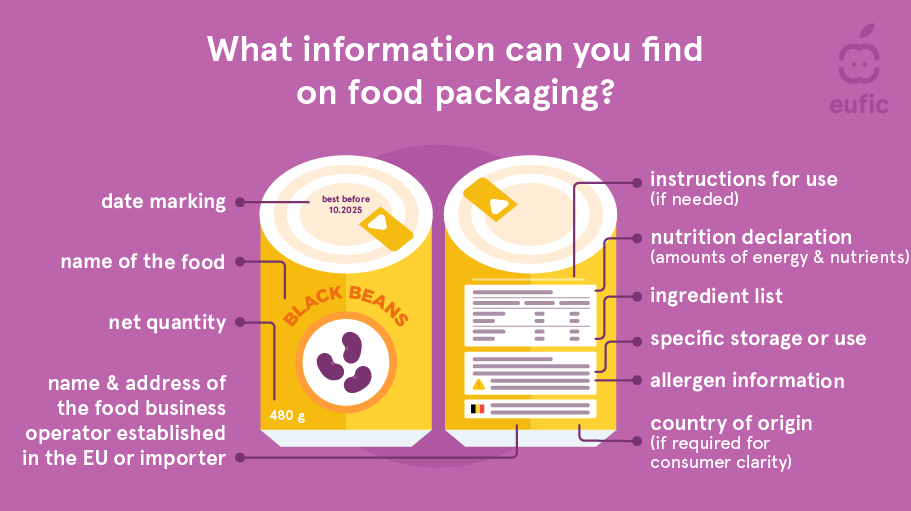
Fig. 1 – What information can you find on food packaging?
Ingredient list
The ingredients list tells us what is in our food. You can, for example, find out what type of oil or fat was used (e.g., palm oil or sunflower oil), if it has added salt and/or sugar and if any additives (E-numbers) are used.
The law makes it compulsory to list all the ingredients contained in a food product, appearing in descending order of weight. This means that ingredients that are present in a high quantity appear near the beginning of the list and those present in a smaller quantity appear near the end of the list. Ingredients constituting less than 2% of the finished product may be listed in a different order after the other ingredients. This can also help you in making healthier choices since, if a food or drink has ‘sugar’ or ‘butter’ among its first few ingredients you will know that they are the main ingredients and the product is therefore likely to be relatively high in sugar or fat.
In some cases, you can also find the specific quantity of a product’s ingredient, usually as a percentage. This is the case when the ingredient appears in the name of the food (or is usually associated with that name), is emphasised on the labelling in words, pictures or graphics or is essential to characterise a food. For example, if a cereal product is labelled as ‘Oat and Almond Granola,’ the specific percentage of oat and almonds used in the granola will be mentioned in the ingredients list. This can help us assess the nutritional composition of the product and see, for example, if the amount of oats and almonds are present in significant quantities and contribute to a daily serving of whole grains and nuts and seeds.
Sometimes ingredients can have an unfamiliar name, for example when E-numbers are used to represent food additives on ingredients’ lists. However, all food additives have been thoroughly tested, classified as safe and approved for use by the European Food Safety Authority (EFSA). For example, ‘E300’ or ‘ascorbic acid’ is just vitamin C and ‘E160c’ or ‘capsanthin’ is paprika extract. In addition, food additives are always accompanied by their category of function, for example, ‘acidity regulator,’ ‘antioxidant,’ ‘preservative,’ or ‘emulsifier.’ The safety of food additives is regularly evaluated by EFSA to ensure that any newly generated scientific evidence is taken into account, and if needed, measures are taken to protect consumers.
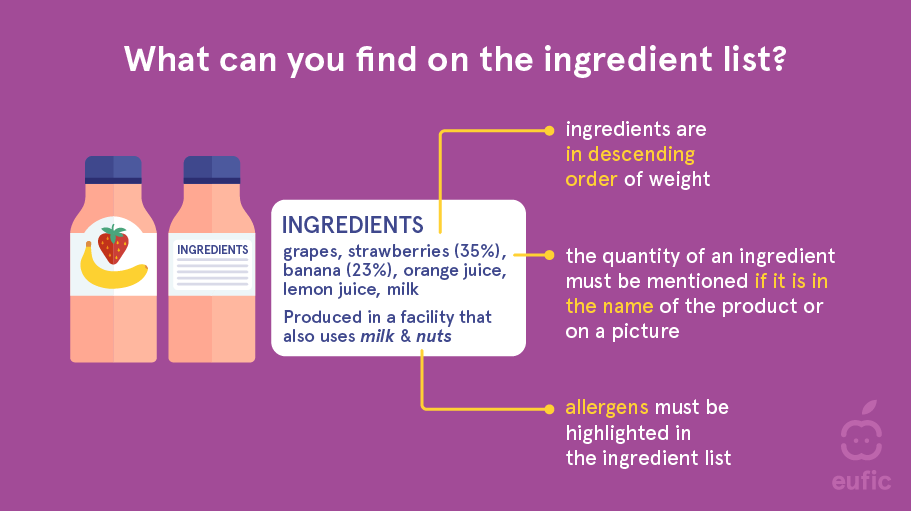
Fig. 2 – What can you find on the ingredients list?
Allergen information
A number of foods have been established as responsible for the majority of allergic reactions to foods. EU legislation requires labelling of 14 substances that are known allergens in some people: cereals containing gluten (i.e., the grains of wheat, rye, barley, oats, spelt, Kamut or their hybridised strains), crustaceans (e.g., shrimp, lobster, crab and crayfish), eggs, fish, peanuts, soybeans, milk (including lactose), tree nuts (i.e., almonds, Brazil nuts, cashews, hazelnuts, macadamia, pecan, pistachios, walnuts and shea nuts), celery, mustard, sesame seeds, sulphur dioxide and sulphites (at concentrations of more than 10 mg/kg or 10 mg/L expressed as SO2), lupin and molluscs (e.g., clams, mussels, oysters, scallops and snails).
If these allergens are present in the food, they must be clearly displayed and highlighted in the list of ingredients (e.g., in bold, italic, capital or underlined). If any traces may be found, a precautionary label must be used (i.e., ‘may contain [allergen]’). A precautionary label is often used due to the realities of food production where it is not possible to avoid unintended presence of allergens. In some cases even trace amounts of a food allergen might pose a risk to highly-susceptible people.
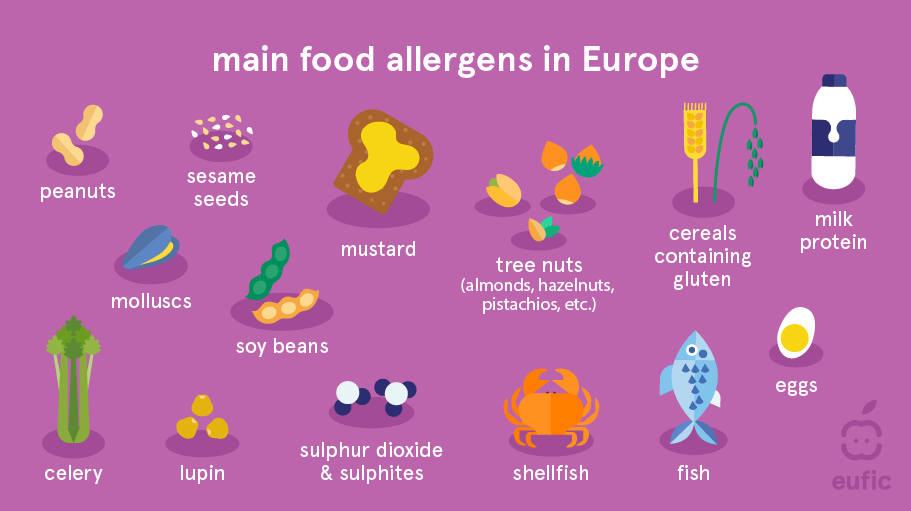
Fig. 3 – Main food allergens in Europe.
Nutrition declaration
Nutrition labelling is mandatory for pre-packaged food. All nutrition labels must show the energy (kcal/kJ) content as well as the amount of fat, saturated fat, carbohydrate, sugar, protein and salt in 100 g or 100 ml of the product. Nutrition labels may also show the information per portion or per consumption unit of the product. This mandatory nutrition declaration is often provided on the back of food packaging. Other nutrients, such as monounsaturates, polyunsaturates, polyols, starch, fibre and vitamins and minerals (if present in significant amounts) can be included voluntarily. If information on vitamins and minerals are given, they must also be expressed as a percentage of the ‘recommended daily allowance’ (RDA) for these micronutrients.
The nutrition declaration is a helpful tool to identify whether a product is high in fat, salt and/or sugar. While some products may have a very similar look on the outside, the nutrient quality might be very different. Check the nutrition declaration to compare between products for the healthiest option.
The nutrition declaration provides detailed information about the following:
• Energy: the amount of energy in a food or drink is shown in in kilocalories (usually shortened to calories or kcal) and kilojoules (shortened to kJ). Paying attention to calories helps you keep track of how much energy you consume. Eating too many high energy foods can lead to weight gain over time.
• Carbohydrates: this includes both starch that you find in foods like bread, pasta, rice, and potatoes; sugars found in sweeteners, fruits, and more; and dietary fibre found in, for example, fruits, vegetables, whole grains, legumes and nuts and seeds.
• Sugars: carbohydrates are further divided into ‘of which sugars’ which shows the total amount of sugars in the product. Total sugars include both those naturally present in fruit, vegetables, and milk and free sugars naturally present in honey, syrup, fruit and vegetables juices and concentrates, plus added sugars. However, nutrition recommendations are based on added and free sugars only, recommending to eat as little of them as possible, in the context of a healthy and balanced diet. For example, plain yoghurt may contain 4 g of total sugars (per 100 ml), however, none of these are free sugars as they all come naturally from the milk.
• Fat: this includes different fats like saturated and unsaturated fats. Eating too much saturated fat increases our disease risk. It is recommended that we aim to get less than 10% of our total daily energy from saturated fat and reductions should be achieved by replacing them with unsaturated fats, particularly polyunsaturated fats. 10% of saturated fats is about equal to 20 g of saturated fats for a 2,000 kcal diet or 25 g for a 2,500 kcal diet.
• Protein: this includes both animal- and plant-based protein. Our body needs dietary protein to supply amino acids for the growth and maintenance of our cells and tissues. We should aim to eat protein from a variety of sources that benefits both our health and the planets.
• Salt: this includes the sodium in a food. The maximum recommended daily intake for sodium is 2 g, which is roughly equivalent to a teaspoon or 5 g of salt. About three quarters of the sodium in our diet comes from processed foods, so reading food labels and opting for foods lower in salt are useful strategies to improve our health.
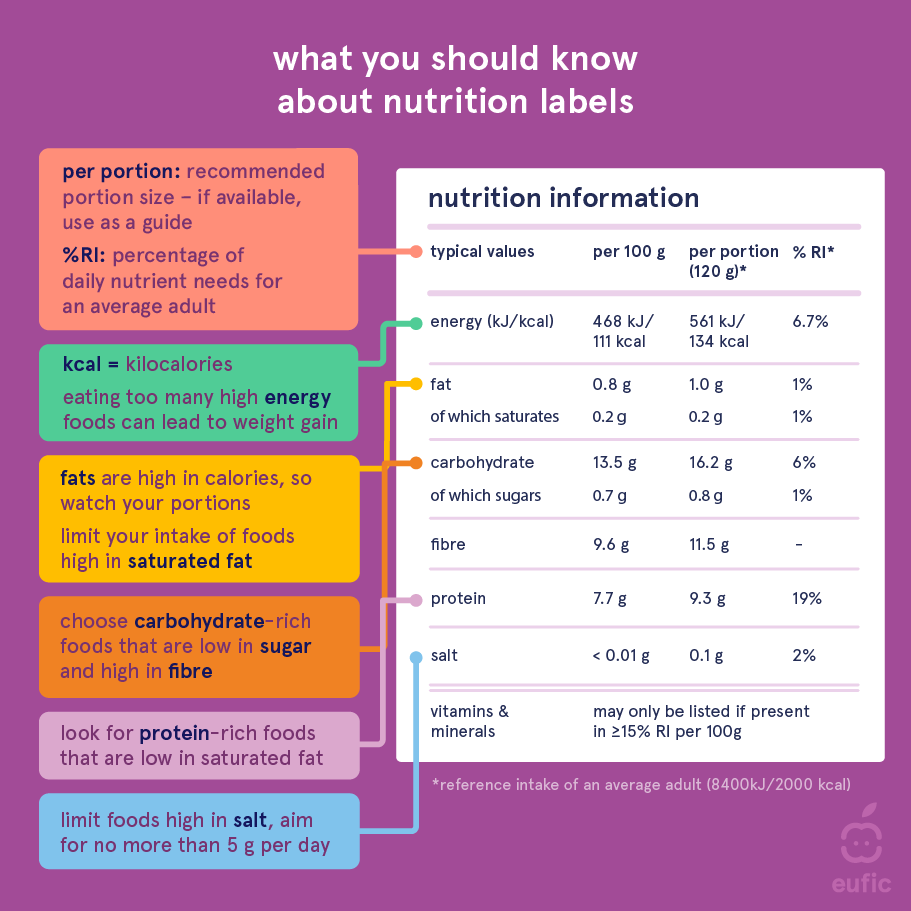
Fig. 4 – What you should know about nutrition labels
Date marking
Food products either show a ‘use by’ or ‘best before’ date marking. The ‘best before’ date marking indicates the ‘minimum durability’ or the period during which the food retains its specific properties when properly stored. In other words, a product whose ‘best before’ date has expired may still be safe to eat, but the manufacturer no longer guarantees the taste, smell or appearance of the product.
The ‘use by’ date marking is found on highly perishable products, judged from a microbiological point of view, which could pose a health risk if not eaten during a certain period. These products, for example, cooked meat products, prepared foods and salads, must carry a ‘use by’ date, after which they should not be eaten. In addition, the manufacturer should explain how the product should be stores to keep it fresh for as long as possible, for example, at or below a certain temperature.
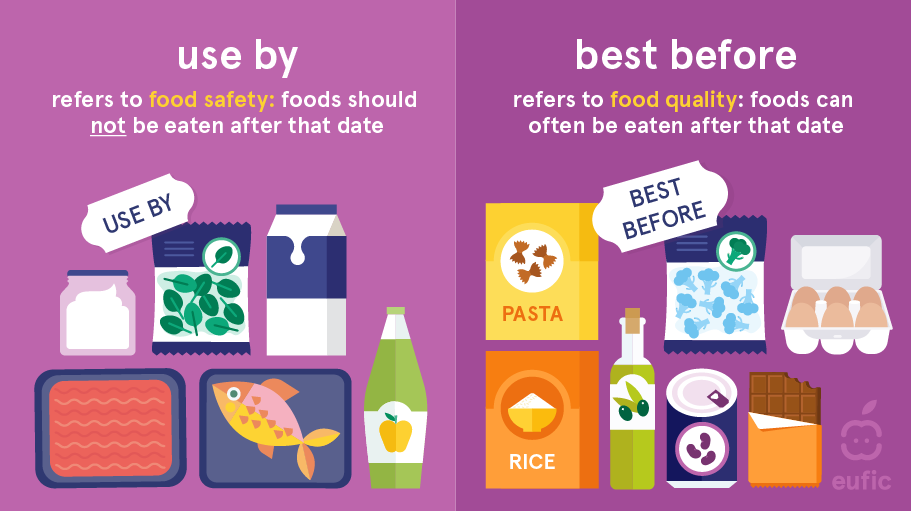
Fig. 5 – The difference between use-by and best-before expiry dates.
Summary
Food packaging serves as a valuable source of information, providing us with essential details about the products we purchase. Whether we seek information on specific nutrients, expiration dates, sourcing, or dietary restrictions, food packaging serves as a helpful guide in navigating the vast landscape of available products. By using this wealth of information, we can make informed food choices about our diet and overall well-being.


